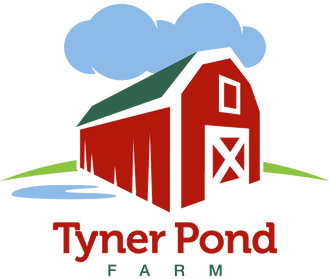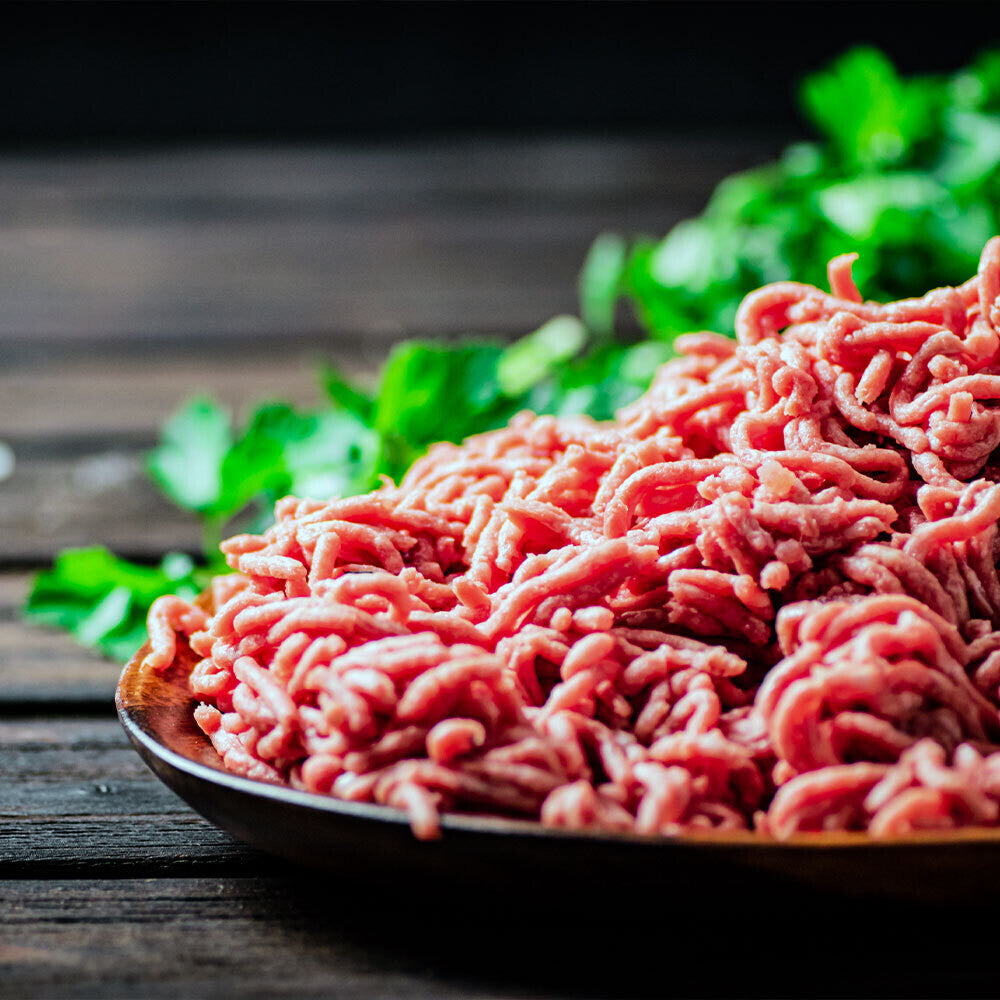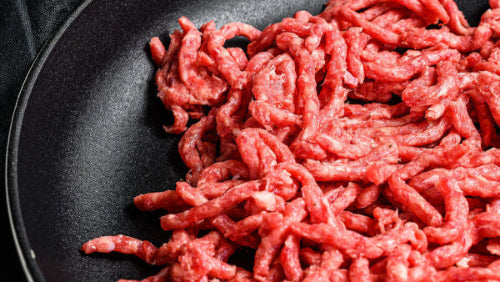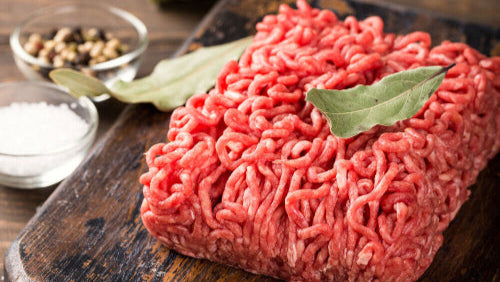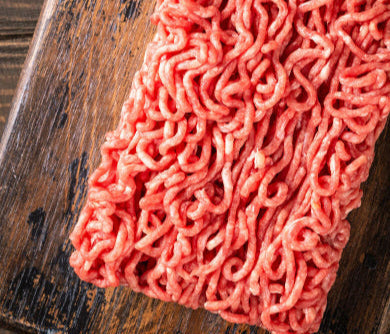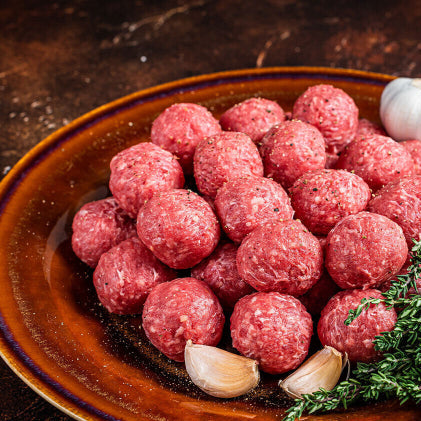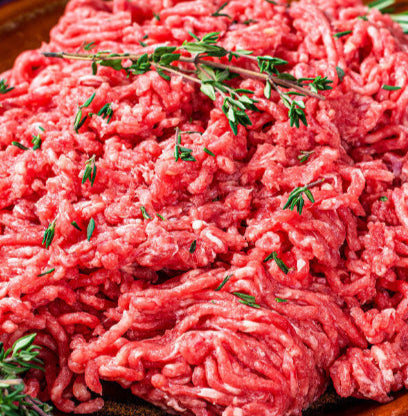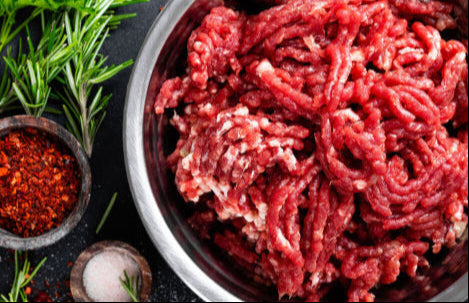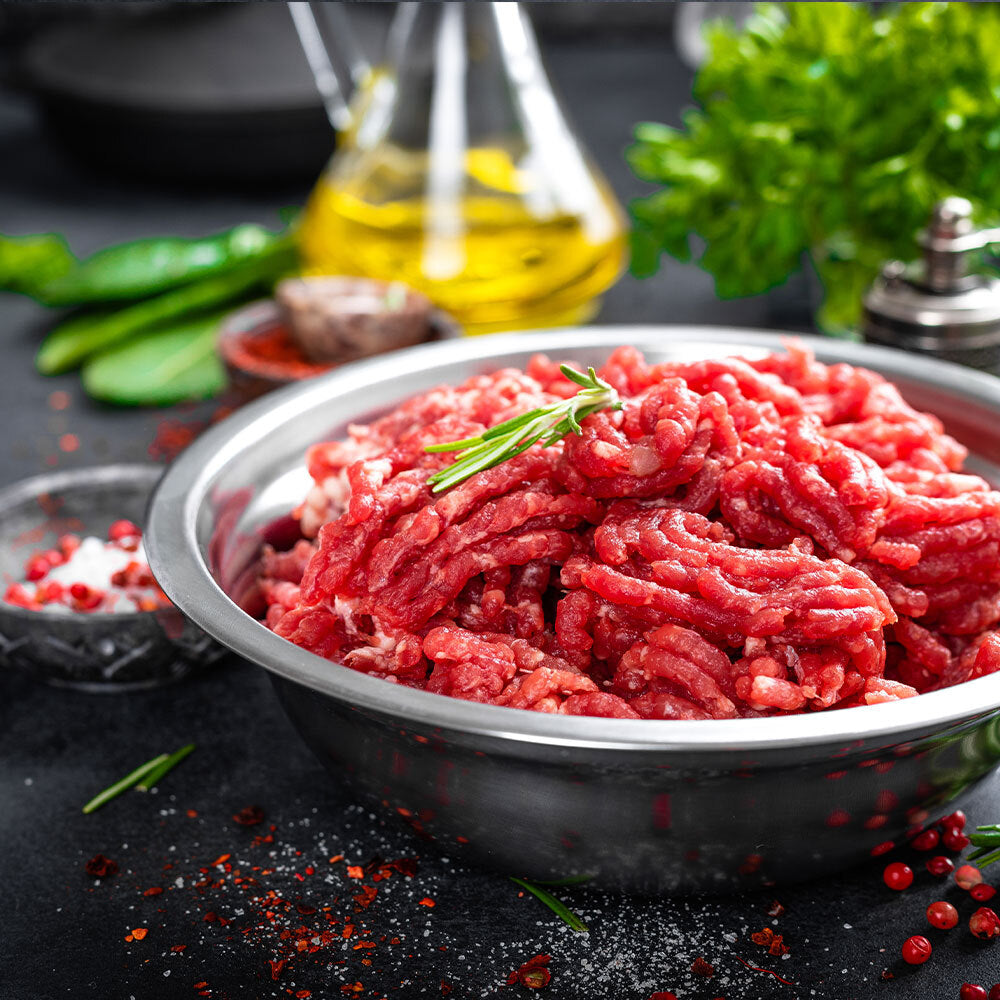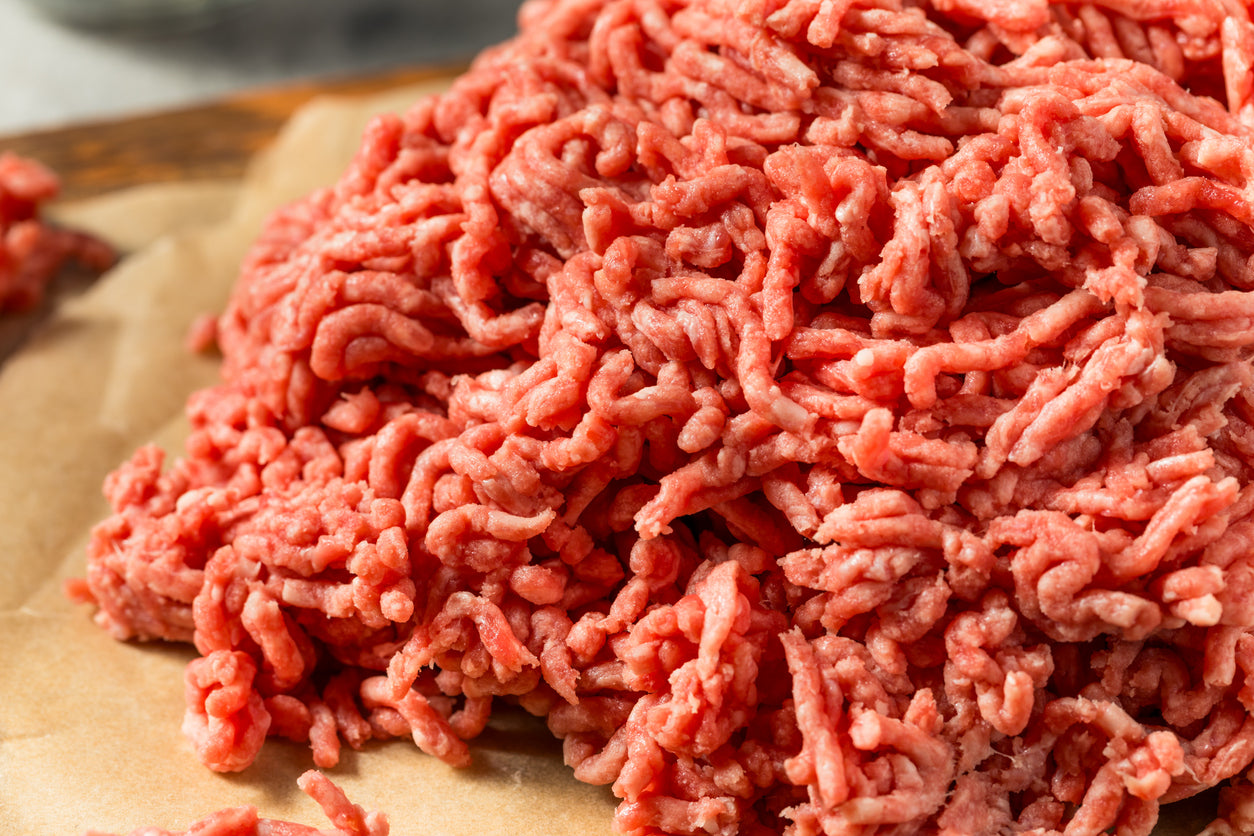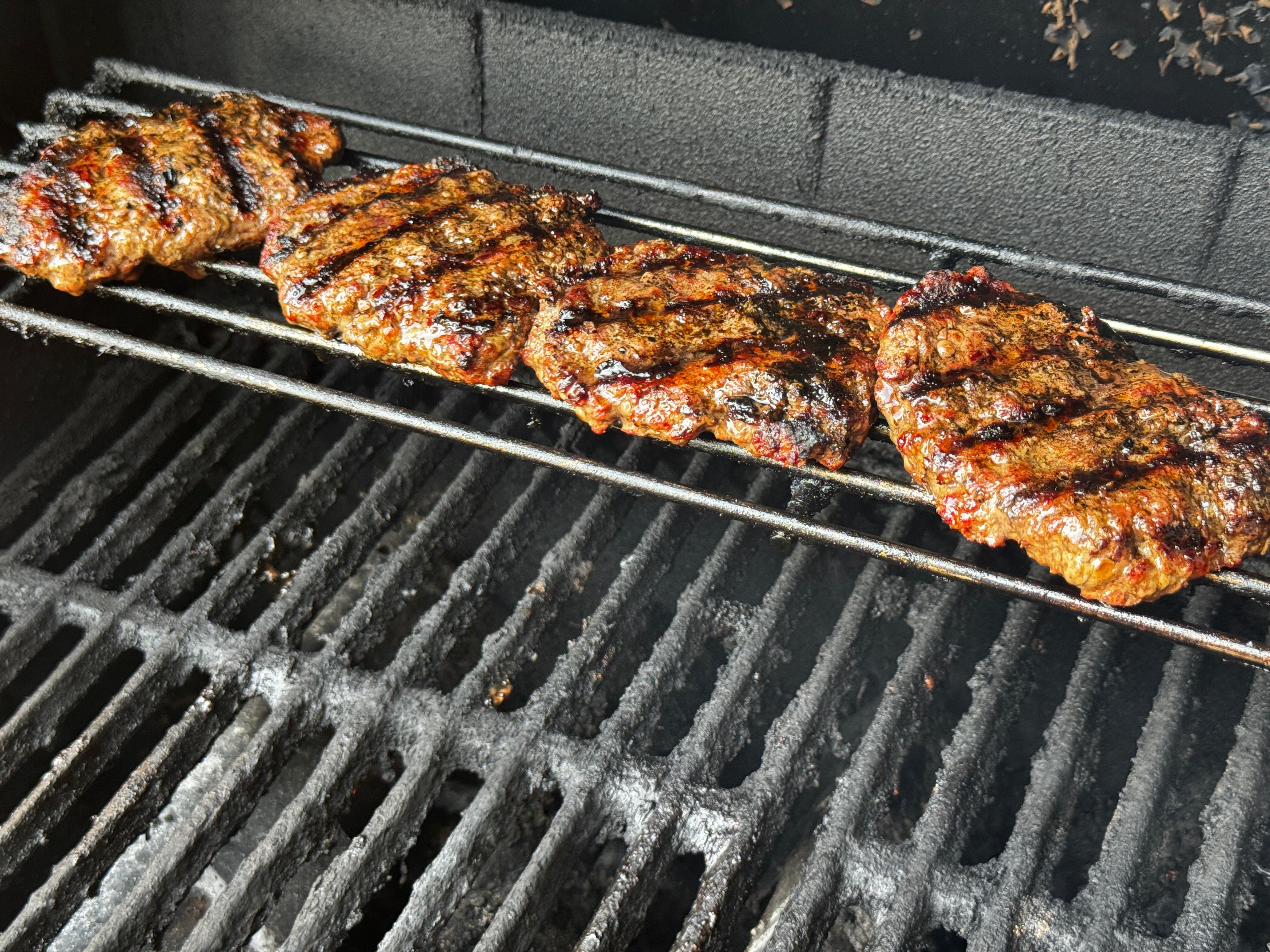
How People in Indiana Once Ate — And Why It Still Matters
A reflection on what we’ve lost quietly—and how to find our way back
I've recently discovered the photography of Frank M. Hohenberger. He spent decades documenting life in Brown County, Indiana—mostly in the early 1900s. His portraits weren’t staged or polished. They were just people—neighbors, farmers, families—standing where they lived, wearing what they worked in.
What struck me most was how healthy the people in his photographs appear. Not in a modern, aesthetic sense—but in a quiet, capable way. You can see it in their posture, their eyes, their hands. A kind of strength that doesn’t come from routines or supplements, but from living close to the land.
It made me wonder:
What did they eat, day in and day out, to support a life like that?
Their food wasn’t trendy or exotic. It was practical and close to home:
-
Bread from whole wheat, often Red Fife or other heritage varieties—grown nearby and stone-ground at a local mill
-
Meat from animals raised on pasture—whether their own or traded from a neighbor
-
Beans, potatoes, and turnips that came from their garden, a neighbor’s, or a community field
-
Sauerkraut, dried apples, and lard—preserved in a root cellar or pantry, not shipped in from far away
Even if they didn’t grow every bite themselves, they almost certainly knew exactly where it came from, and probably knew the person who raised it.
It wasn’t just local. It was familiar. And that made all the difference.
A Quiet Trade-Off
Somewhere along the way, we stopped needing to move in order to live. And we stopped needing to make food in order to eat. The calories didn’t disappear—they just got easier to come by. Cheaper. Shelf-stable. Separated from the soil.
We gained convenience. But we lost something too—quietly, over time.
Movement became optional. Not built into our days, but something we now have to schedule or justify. Food became a product. A commodity. Designed to last, to scale, to sell.
And while we’ve adapted to that shift, our bodies haven’t. Not really.
It’s Not About Guilt—It’s About Direction
This isn’t about blame. Most people today aren’t going to grow their own wheat or raise their own livestock. That’s not the point.
But we can make choices that bring us closer to the kind of food our bodies still recognize. We can choose to support people who are growing food with care, on land we can see and trust.
This kind of food is still accessible. Not always easy. Not always cheap. But it’s possible—especially if we know where to look.
A Better Question
It’s not enough to ask where food came from. Corn and soybeans come from fields. CAFOs are barns. That doesn’t tell us much.
The better question is:
Do you know exactly where your food was grown, who grew it, and how it was raised?
If the answer is yes, you’re already much closer to real food.
It’s not about being perfect. It’s about being connected. The closer your food is to real land and real people, the more likely it is to nourish—not just fill.
What We’re Holding On To
At Tyner Pond Farm, we raise meat the way people used to—on pasture, moved daily, fed by living soil. Not to reenact the past, but because the old ways made sense. They still do.
These old photos reminded me: real health doesn’t have to be complicated. Sometimes it’s just the result of simple food, steady work, and knowing what you’re eating.
And that’s something worth holding on to.
Image courtesy of The Lilly Library, Indiana University, Bloomington, Indiana.
